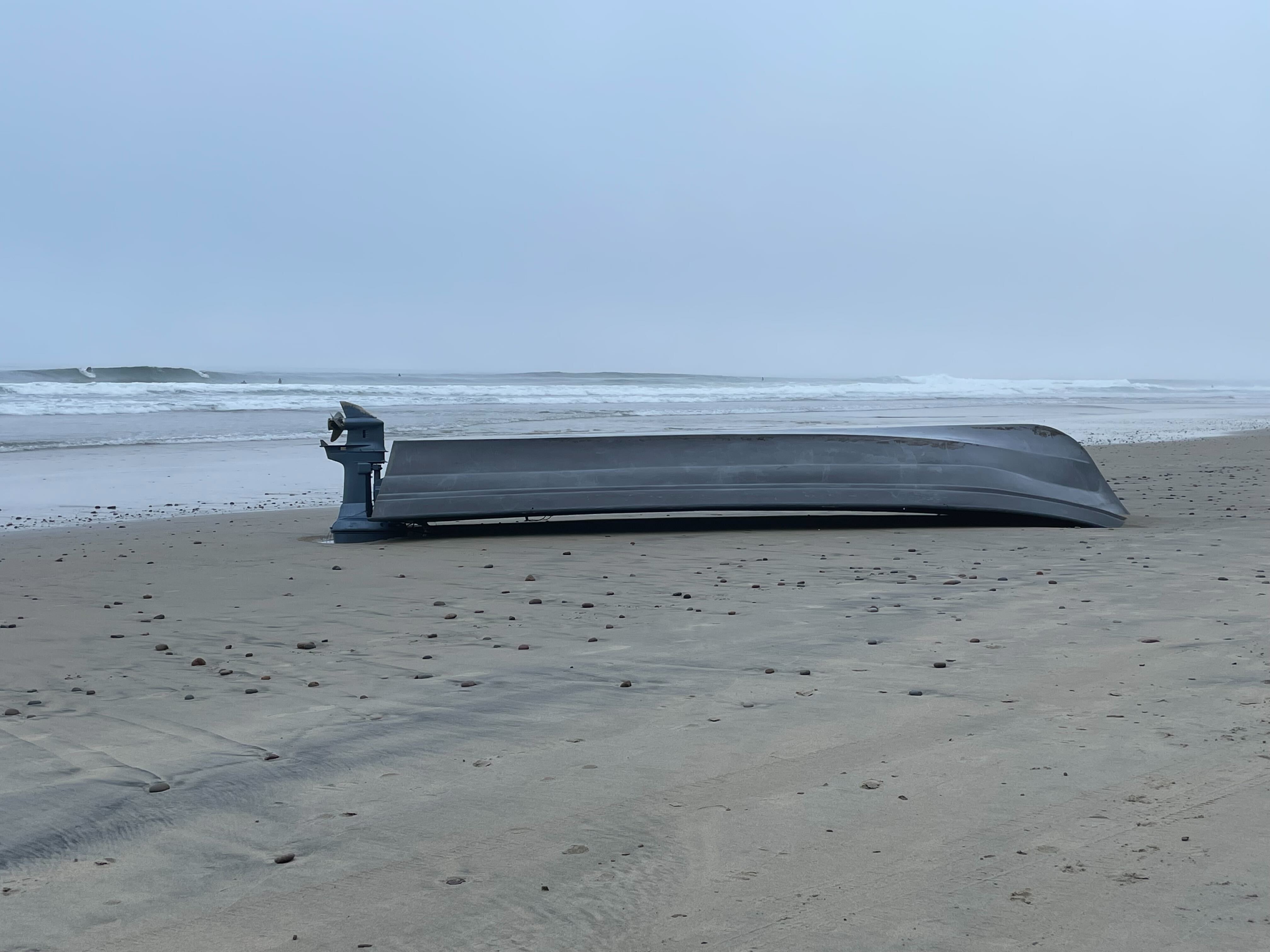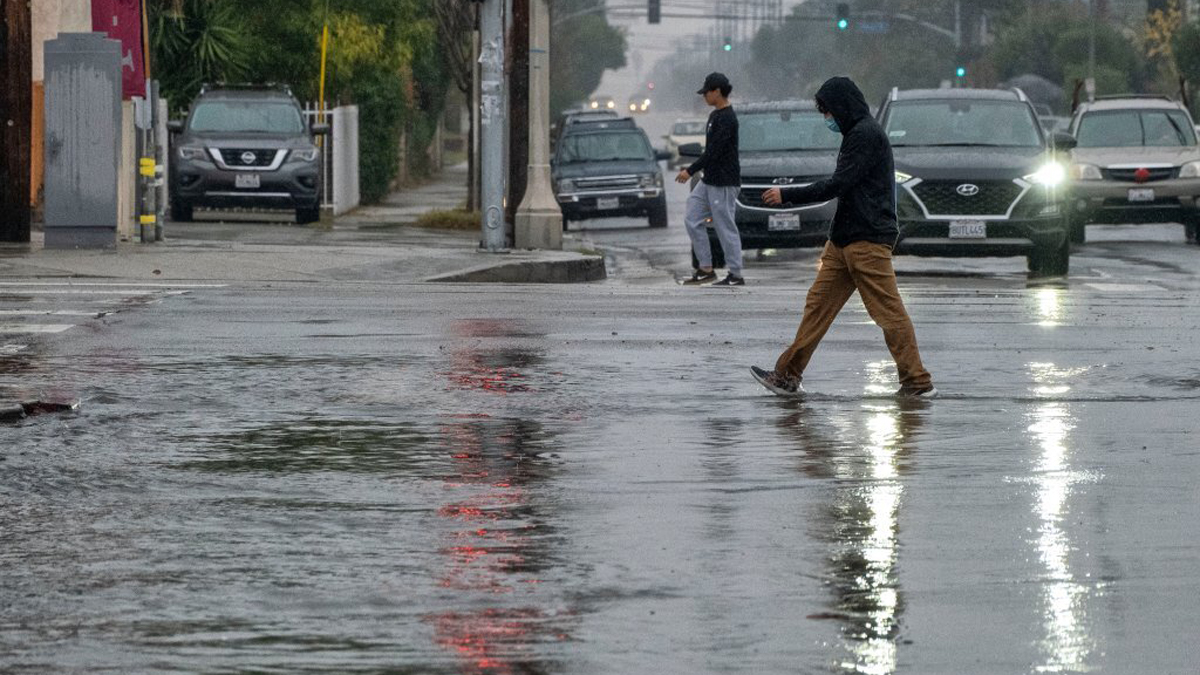What to Know
- The Sunshine Protection Act would make daylight saving time the new permanent time
- The U.S. Senate passed the legislation unanimously in March 2022. The bill expired.
- Sen. Marco Rubio has reintroduced the Sunshine Protection Act of 2023
This is an older story. There is an updated version of this story here. —Ed.
The sun is coming back.
Well, it never left — and neither has daylight saving time for Californians. Here's why.
Get top local stories in San Diego delivered to you every morning. Sign up for NBC San Diego's News Headlines newsletter.
Daylight saving time has Americans in every state except for Hawaii and Arizona moving their clocks an hour forward on March 12 at 2 a.m., at which point time will jump directly to 3 a.m.
If you're vaguely remembering something about a bill to stop the time change and make it permanent, it's not just your sleep-deprived brain talking.
The twice-yearly changing of the clocks is a ritual that's quite unpopular. Plenty of states have introduced legislation to provide year-round daylight saving time, according to the National Conference of State Legislatures. Here's an update on the battle to end it.
Current Top Stories on NBC 7 San Diego
The Battle to End Daylight Saving Time
Back in March 2022, the U.S. Senate unanimously passed the "Sunshine Protection Act" introduced by Sen. Marco Rubio, R-Fla., that would have made daylight saving time permanent starting in November 2023, which means Americans would stop switching their clocks back or forward twice a year, according to NBC News.
That bill was stalled in the House until the last session of Congress and it expired.
However, Sen. Rubio reintroduced the "Sunshine Protection Act of 2023" on March 2 to make daylight saving time permanent across the nation.
Rep. Vern Buchanan, R-Fla. also introduced a companion legislation in the House, according to NBC News.
Senators from various states are all original cosponsors of Sen. Rubio's legislation, including both California's senators, Alex Padilla and Dianne Feinstein.
The House of Representatives must first pass the bill, then President Joe Biden must sign it, before Americans can kiss the time change goodbye.
A study published in Cell Press in 2020 found that springing forward each year increases the risk of fatal traffic accidents by 6%. The University of Michigan found a 24% increase in the number of heart attacks that occurred on the Monday just after the time switch, compared to other Mondays.
Didn't Californians Vote to Remove Daylight Saving Time in 2020?
Yes, Californians did. So why are we still changing our clocks then?
San Diego denizens might remember voting on California's Proposition 7 in 2018.
That proposition passed by nearly 60% of the vote, giving the California Legislature the ability to change daylight saving time, according to Ballotpedia.
Proposition 7 didn't actually change daylight saving time, it just gave the state Legislature the ability to actually change it, IF they earn a two-thirds vote on it and IF the federal government already allows it.
Why Do We Have Daylight Saving Time in the First Place?
In 1918, the U.S. started having Americans change their clocks to allow for more daylight hours during warmer months, according to NBC News. In 2007, the period was extended by four weeks. States are not actually required by law to follow daylight saving time. Arizona and Hawaii have elected not to observe it.
Why Do We Still Have Daylight Saving Time?
In 1974, an energy crisis gripped the nation, instating the Emergency Day Light Saving Conservation Act, which made daylight saving time permanent. It ended less than a year later when eight Florida children died in traffic accidents that were linked to the time change, according to NBC News.



